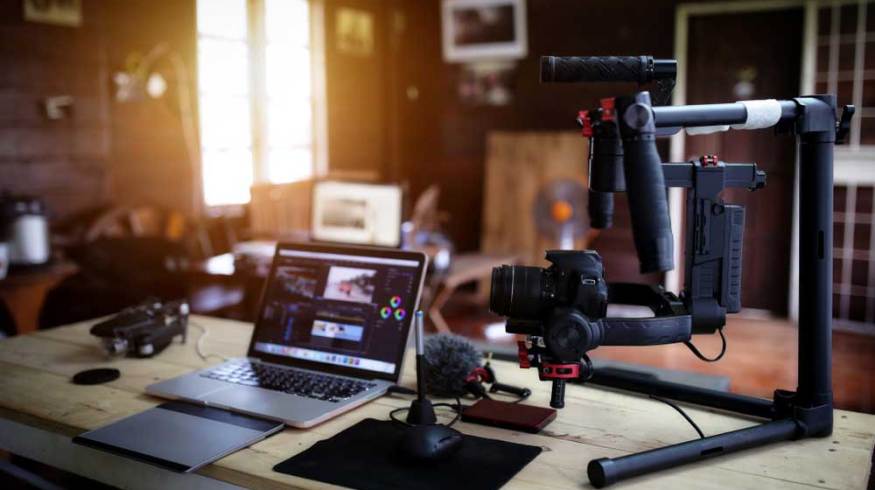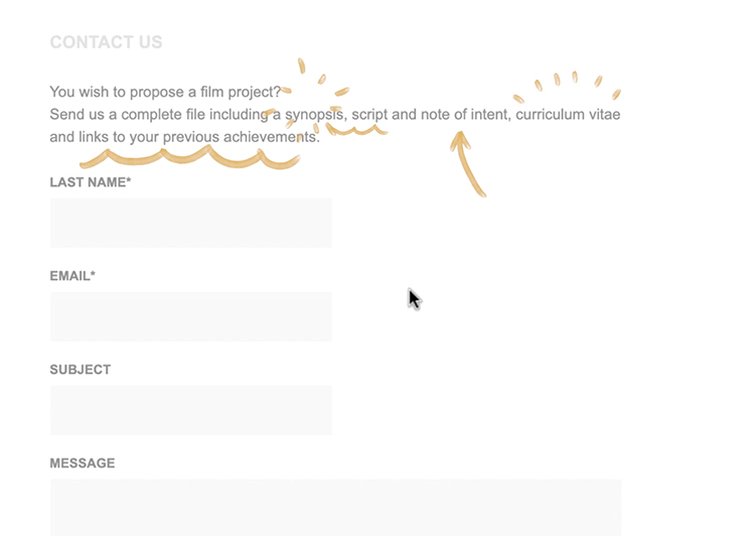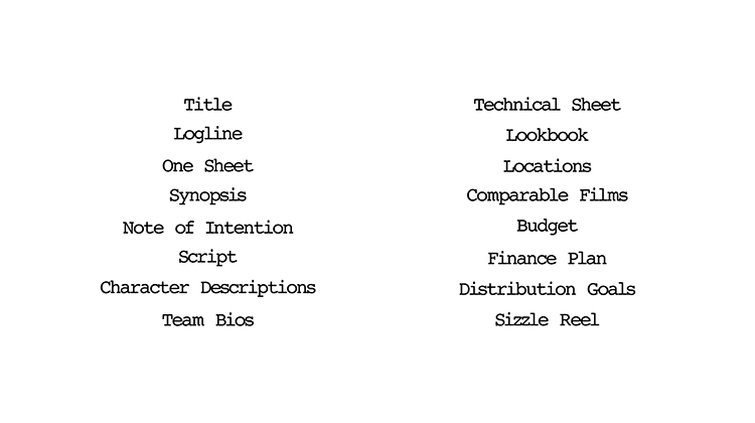
Bring Your Next Film to Life with The Art of the Pitch Deck
A good pitch deck is essential for micro-budget filmmakers. Let’s take a closer look at how to put one of these together.
Filmmaking is difficult. It’s expensive, the market is saturated, and even if you do manage to make a film and land a distribution deal, you still have the added struggle of making your money back. The pitch deck can help to guide you through this difficult and competitive process.
In this example, I’ll be putting together a pitch for a short film I want to shoot in Paris.
Why Create a Pitch Deck?
In my last two tutorials, I focused on how to format and break down a screenplay. Now that I have my idea down on paper and ready for action, I want to get the ball rolling toward production. I could just start sending the script out, but the chances of getting any traction or attention with this method are slim. A much better approach is to prepare further pitch materials.
The pitch deck is essentially a sales presentation for my film, helping clients to visualize the project. I’m not only trying to sell the idea of my film, but I’m selling myself as a filmmaker, as well. Preparing my pitch will help me flesh out all of my ideas, getting everything together in one place. Once completed, I should be able to talk about my idea at length, whether the discussion leads to characters, themes, locations, or any other aspect of the project. I’ll also be able to come up with a tight elevator pitch, which is another important part of the pitch process.
Whom Am I Pitching?
Depending on the project, there can be a wide variety of people to whom you will pitch. For this particular project, I’ll be using the pitch deck in three different situations — to pitch to production companies, to apply for grants, and to hire cast and crew members.
First, there are a ton of production companies here in Paris, and many of them are open to receiving pitches. If they like my pitch, I could receive help in all aspects of production, including development, shooting, editing, and submitting to film festivals.
In addition to production companies, there are a plethora of grant opportunities here. This includes money from the city, the various regions of France, as well as a handful of other associations and organizations. Grants are available for all stages of production, and all genres of films.
If I can’t land any grant money and/or convince any production companies to work with me, I can still use the pitch deck as a tool to get cast and crew members to join my team. These assets are especially helpful if I don’t have previous work to showcase or money to entice people.
What Goes in a Pitch Deck?
Depending on where I’m sending the pitch deck, I’ll need to make some changes each time in order to fit the needs of the recipient. The best option is to create a master document that includes all of the pitch elements, then remove and customize everything as needed.
To get organized, I’ll first write out all of the production companies, grants, and prospective crew members I want to approach. With a directory like this in place, it’s quite easy to find out what I need to include in each pitch.
Here’s an example of what one production company wants to see when they receive pitches:
- Synopsis
- Note of Intention
- Script
- Writer/Director Résumé
- Demo Reel
Here’s a list of deliverables from a grant application:
- Synopsis
- Note of Intention
- Script
- Writer’s Résumé
- Director’s Résumé
- Producer’s Résumé
- Technical Sheet
- Provisional Budget
- Finance Plan
Let’s say that I’m trying to convince a talented DP to join my crew. Here’s a few extra things I might want to send their way:
- Lookbook
- Locations
- Comparable Films
- Datasheet
Once again, I’ll need to make adjustments based on who I’m pitching. After looking over all of the possible deliverables above for my particular project, here’s the master list I came up with. Yours might look different, depending on the size and scope of your project:
- Title
- Logline
- One-Sheet
- Synopsis
- Note of Intention
- Script
- Character Descriptions
- Filmmaker/Team Bios
- Technical Sheet
- Lookbook/Mood Board
- Locations
- Comparable Films
- Budget
- Finance Plan
- Distribution Goals
- Sizzle Reel
How to Create One
If you’re a minimalist, you can use a simple word processor to put your pitch deck together. However, since this is a visual medium, I suggest making something a little more appealing to the eye. If you have a little money to throw into your pitch, you can always bring in a graphic designer, put together a website, or purchase images from Shutterstock. Envato has a number of templates specifically designed for creating a pitch deck.
If you’re on a tight budget, there are plenty of free options, including PowerPoint and Keynote. I’m creating my pitch deck in Canva, a great web-based graphic design tool that can help put together a beautiful pitch deck.
Whichever route I take, I want to create several different versions. This is a good idea since I’m not always going to want to send everything, especially if I’m sending unsolicited pitches. In these situations, it’s best to send a one-sheet, and see if you can catch someone’s attention. Once you have a person on the hook, you have all of these materials to follow up with.
What’re you waiting for? It’s time to get your next project going.
Cover image by ImageBySutipond.
Want more insight on pitching and pre-production? Check these out.
- Pre-Production Tips: How and Why to Break Down a Script
- Austin Film Festival Interview: Insights for Turning Your Script into a 90-Second Pitch
- Learn How to Speak Filmmaking: Formatting the Screenplay
- How a Pre-Production Checklist Can Help Your Production
- The 5 Best Places to Pitch Your Documentary Film Projects








